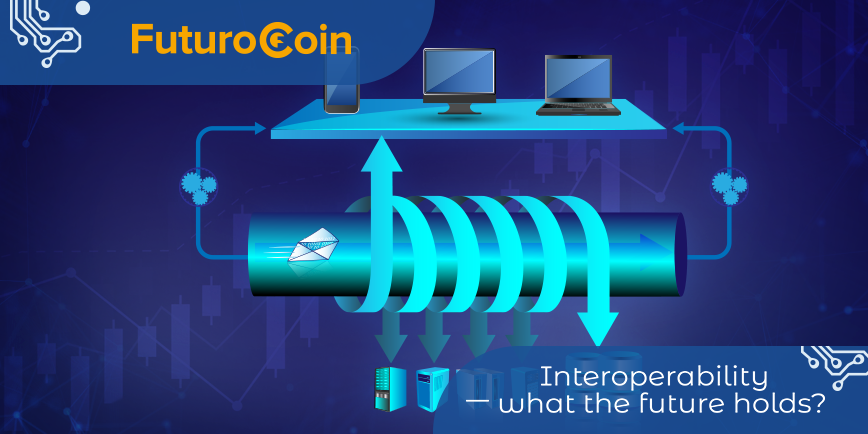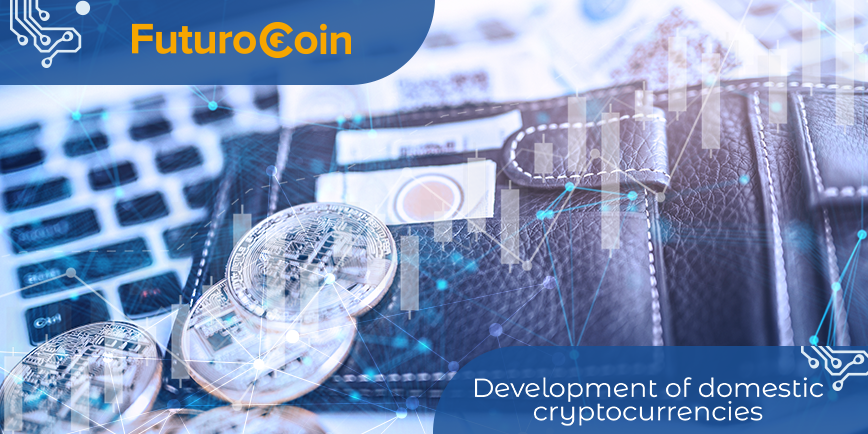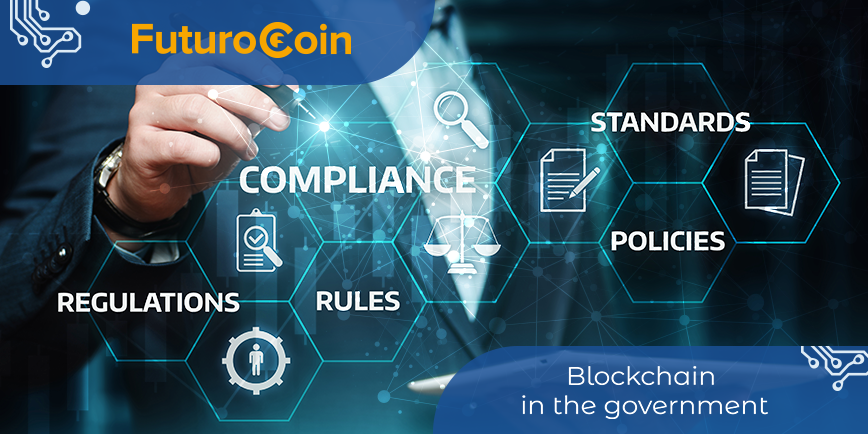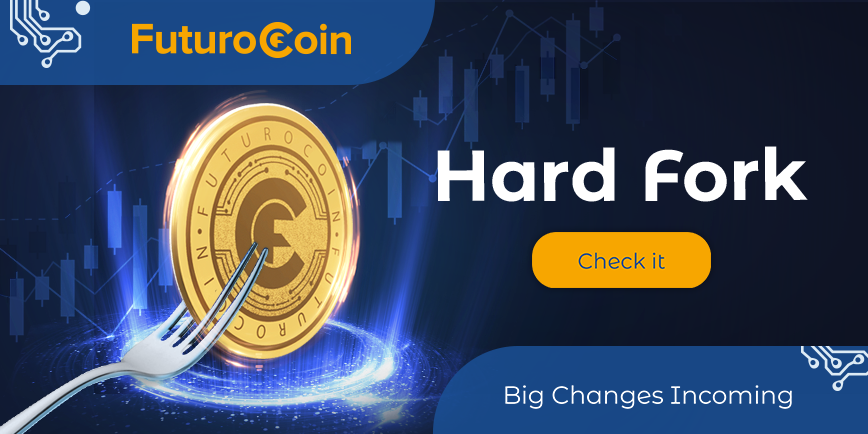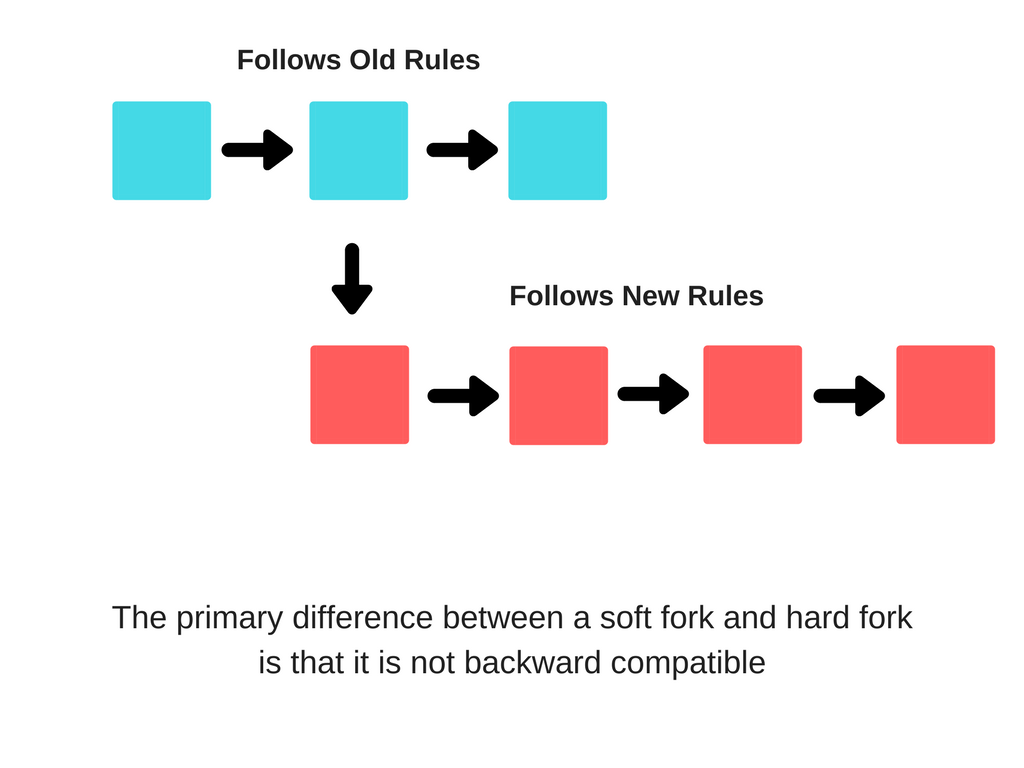90% of treasury and finance professionals surveyed by TD Bank view blockchain as a positive new payment platform. According to Zion Market Research, the Global blockchain-as-a-service market is set to be a $USD 30.59 billion market by 2024. BaaS is a bridge between blockchain technology and cloud-based services. BaaS provides an ecosystem where blockchain applications can be developed and later utilized. BaaS also extends into the area of smart contracts amongst others and is currently the fastest way of setting up blockchain applications for businesses.
BaaS’ current capabilities are explored below. Some contrasts with FuturoCoin are made. The article concludes that FuturoCoin’s decentralized system provides an adequate ecosystem that is capable of being developed continuously to industry standards.
Why BaaS?
BaaS provides a wide array of applications to the blockchain platform. One of its most prominent advantages is the ability to leverage managed services of a scalable blockchain cloud service infrastructure. Business customers can use BaaS platforms to develop, host, and adopt their blockchain applications on the blockchain while a cloud service provider governs its infrastructure. Security, monitoring, consortium management, and maintenance services are among the many options that BaaS providers offer.
Current BaaS Services
One of the many emerging BaaS ecosystems is Microsoft’s Azure Blockchain Service. Azure provides a fully-managed blockchain service that can fully govern a business’s blockchain network. In turn, the service allows businesses to prioritize projects and workflow, while Azure manages their consortium policies and uptime. Azure is now available in two tiers: Basic and Standard. The Basic tier provides a cost-oriented effective environment for developing and testing blockchain applications. Azure’s Standard tier runs production workloads on the respective blockchain network with built-in high availability.
Many enterprises still avoid BaaS ecosystems due to potential security threats. For enterprises, the very idea of keeping data transactions on a public ledger is a big turn off. Stricter data privacy and protection regulations in countries such as the US and the EU amplify this negative sentiment. That said, Microsoft Azure’s Standard tier assures its customers high-availability, advanced security, and monitoring assurances, along with constant patches and updates.
In terms of costs, BaaS platforms are more favorable then hosting blockchain application applications on-premises. A blockchain application hosted via a cloud service eliminates many of the start-up and operational costs, which can cost hundreds of thousands of dollars. A blockchain application hosted on the cloud may cost as little as $0.29 per allocated CPU hour based on the current costs for IBM’s: Blockchain Platform for IBM Cloud. Overall, BaaS platforms lower many costs, limit staff presence, and resource hurdles. They provide easy to use templates and architecture that enables quicker deployment of blockchain applications.
That said, as a concept, the BaaS platform suffers from a significant issue: trust. Enterprises must decide whether or not to trust BaaS providers with their data and their assurances to take advantage of the many potential benefits. Essentially, this model puts decentralization – the central philosophy of the blockchain into disrepute in favor of a more centralized cloud model.
FuturoCoin’s Stance
FuturoCoin has explored this new emerging platform for literary purposes only. FuturoCoin is continually striving to maintain its community based, autonomous decentralized ecosystem. With its secure, fast transaction speeds and user-friendly environment, FuturoCoin remains confident in its current architecture, seeking to improve it further in line with blockchain developments. Regardless of the BaaS hype, FuturoCoin steers clear of third-party intermediaries, keeping the power within its community.

